Croatia: Road Trip Leg 2 & Rovinj
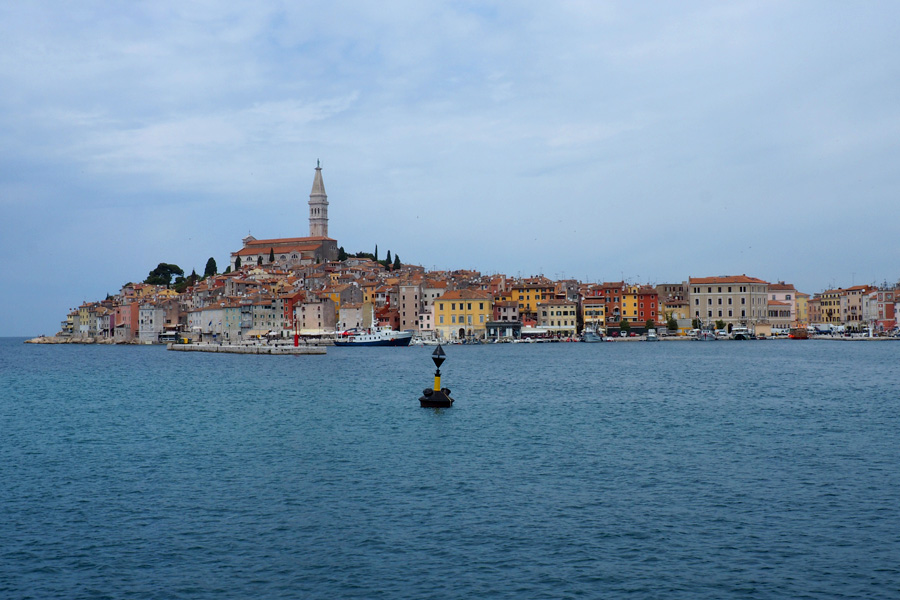
Rovinj from the Adriatic
On Sunday afternoon, we drove from Plitvice Lakes through the lush and rolling countryside of the Lika-Karlovac and Kvarner regions into the Italian influenced Istrian peninsula to the far western coastal town of Rovinj, Croatia. As the official navigator, I used the National Tourist Board’s fantastic map as my guide to scenic routes and as a result, our drive took nearly 8 hours. But that was a good thing because we saw the most beautiful scenery and had a very peaceful drive. The primary roads throughout the country have been exceptional. Most of them are 2-lane undivided low-speed highways that climb up mountains and descend into river valleys. At the larger cities, they often skirt around the edges to avoid traffic while they zig zag through the smaller towns. The roads are also very sparsely populated. This may be a factor of it being low tourist season, but I suspect not.
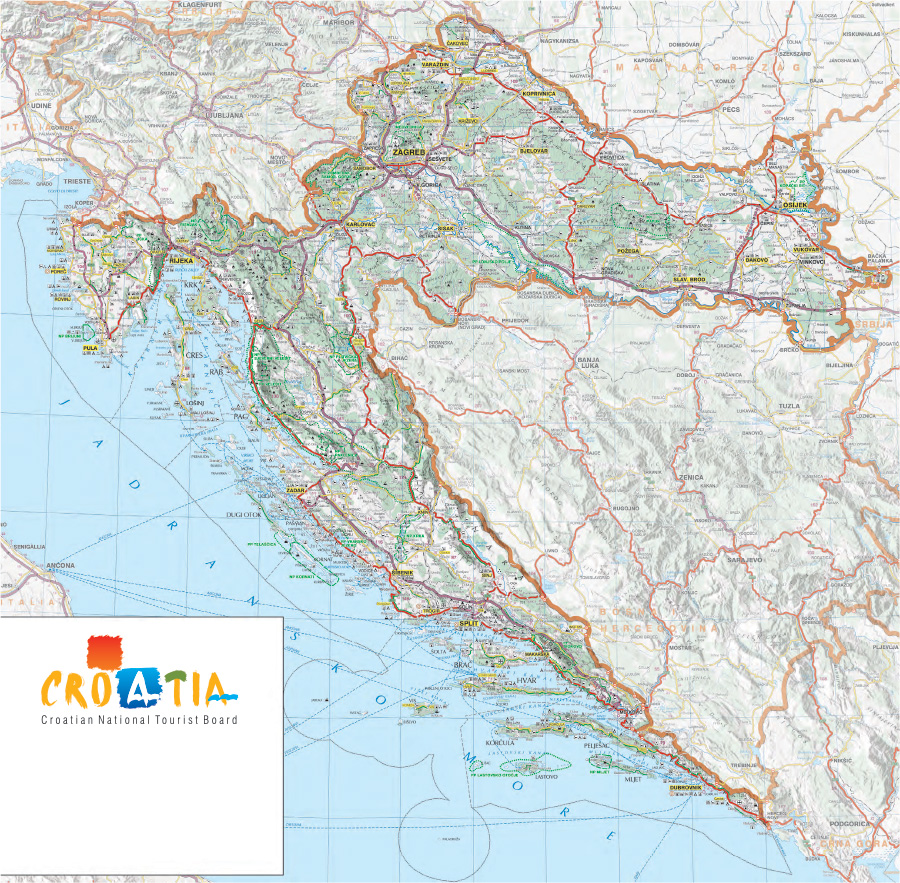
Croatia Road Map
Our drive through the Lika-Karlovac region was quiet, misty, and beautiful. Farm houses dotted the lush landscape, but in between were concrete and terra-cotta brick buildings that were abandoned, half complete, or dilapidated. After reading through several Wikipedia articles about Croatia’s Homeland War, I understand that this region was contended shortly after Croatia became an independent nation in 1991, and contains several battle sites between the Croats and Serbs before the war ended in 1995.
This is the first time I have ever been in a country that did not exist when I was born much less an area that was a battlefield during my lifetime. I remember hearing Yugoslavia mentioned in the news, but I never understood what happened, and I honestly had never heard of Croatia until a couple years ago, more than 20 years after the country’s independence.
Understanding this deepens my perception of the people I have met and enhances the beauty I have seen. I appreciate that this area of the world has been prosperous and thriving for hundreds of years longer than my country, but the most recent scars are much fresher. People I am seeing every day lived through conflict that I cannot imagine. Their family members were likely involved in some way, and their neighbors and friends could have been displaced. Their country is a young nation with a rich history, and I’m grateful for the chance to see it as it reinvents itself.
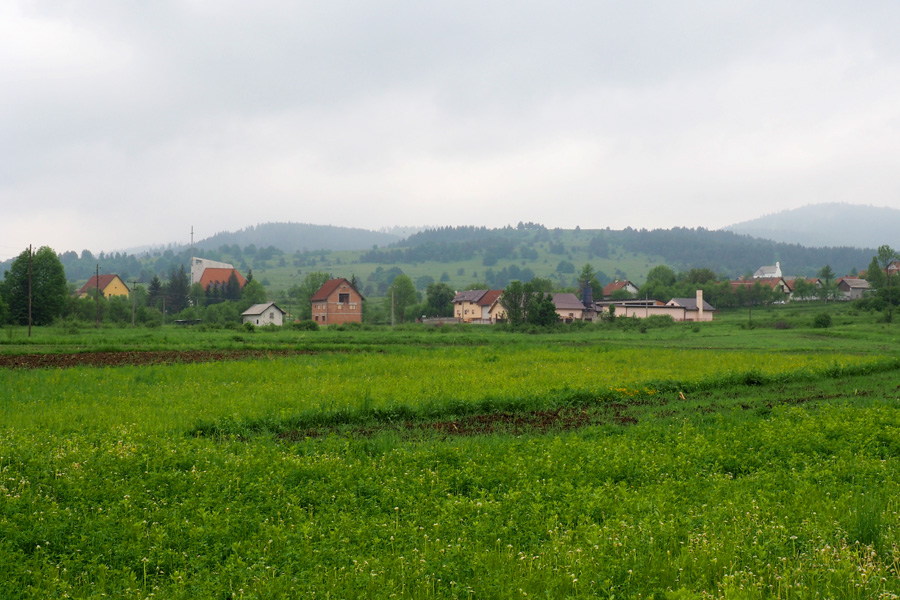
Small town Croatia
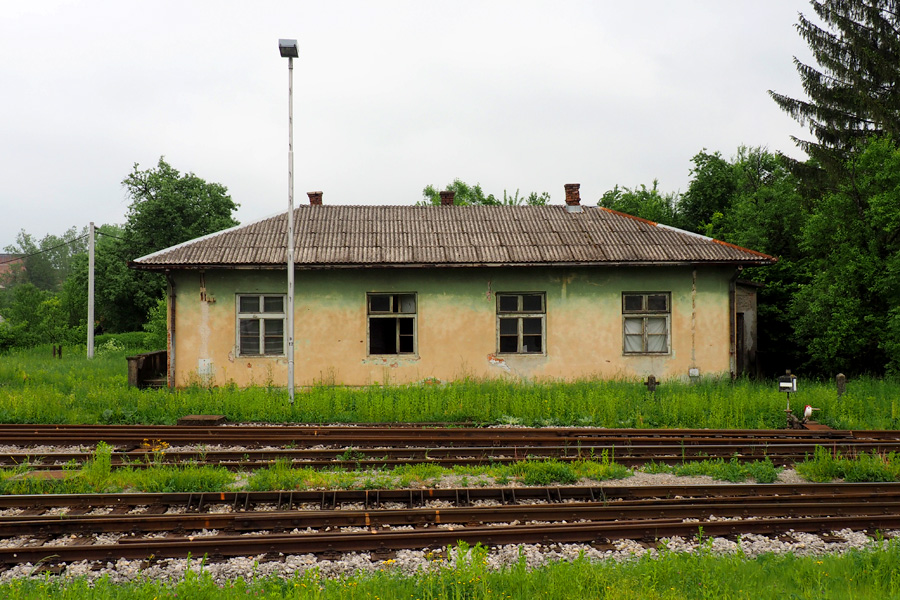
Abandoned train side building
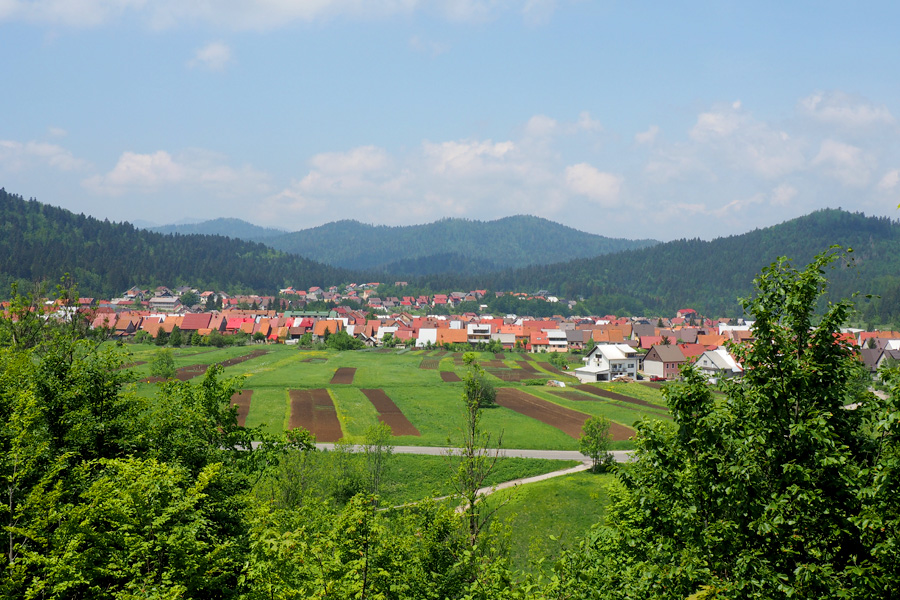
Medium town Croatia
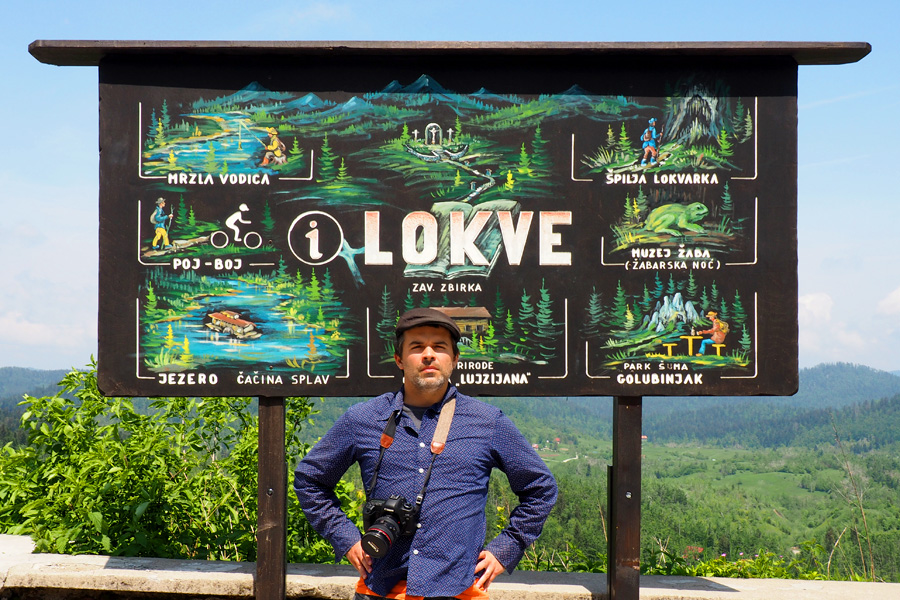
Nik’s in Lokve
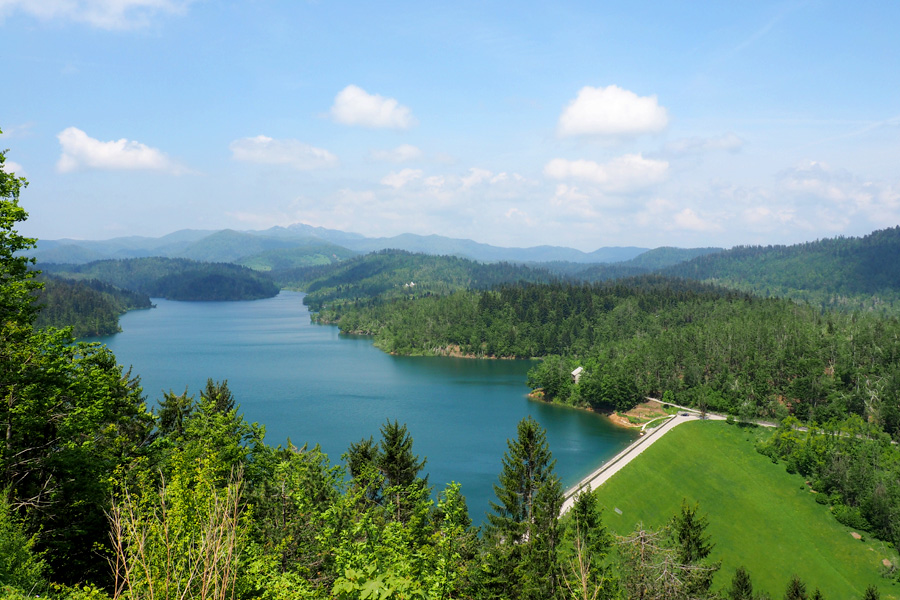
Omladinsko Jezero (Young Lake)
The inland area of Istria (which was part of Italy until the 1940’s), is very similar to Tuscany. Subtle hills are topped with small hill-towns and the slopes are covered with vineyards and olive groves. The roads wind through the farmland and my jaw continued to drop at every bend. It also helped that as we drove west, the weather continued to get better and better.
The photos I have and the drive through these regions do not do them justice. There are many roads we did not drive and many villages we did not walk, so they are added to the growing list of places that we need to explore more.
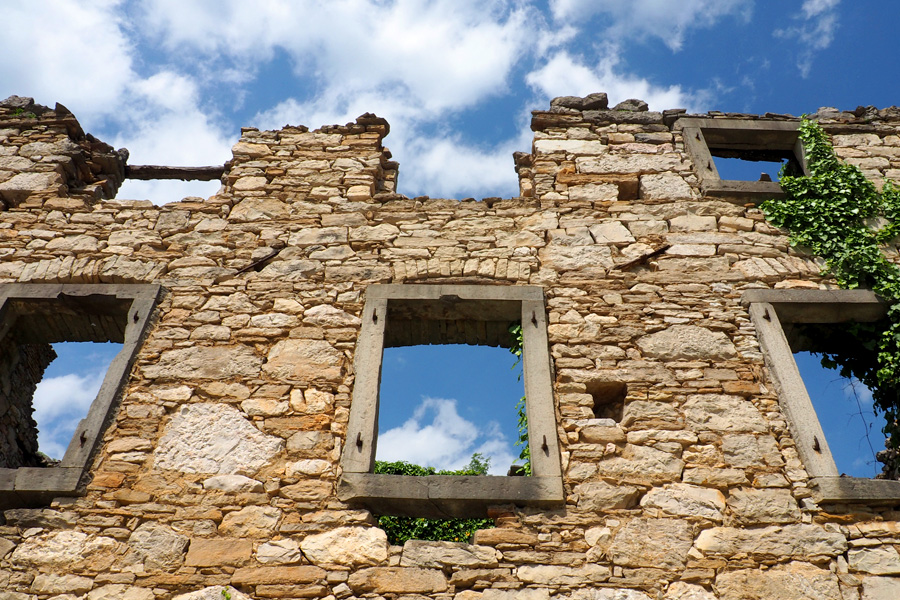
Ruins & Blue Skies
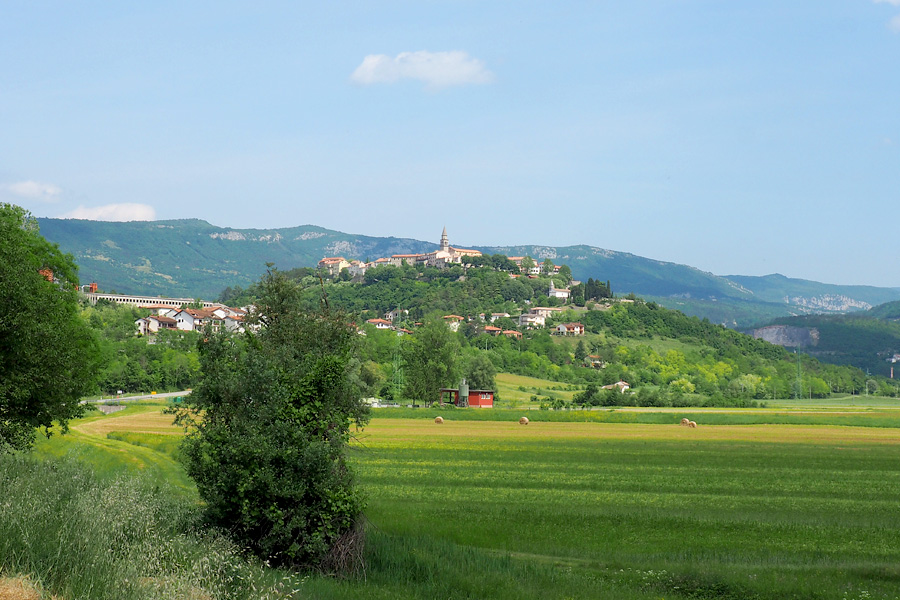
The hill town of Buzet
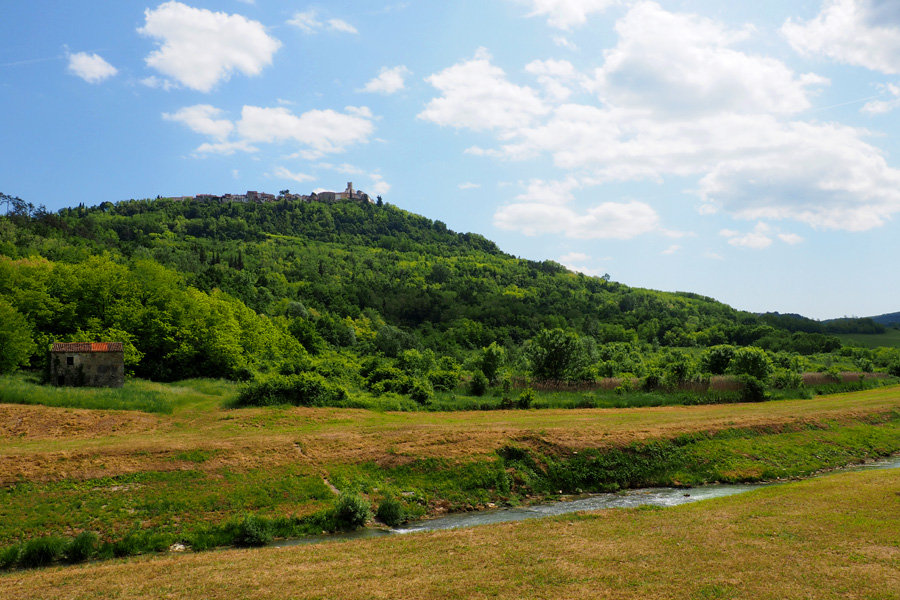
Next time, I’ll actually visit Montovun
As we reached the Adriatic Sea in Umag near the Slovenian border, the strangest thing happened. The beautiful and quaint countryside with lush rolling hills turned into a coastline that felt like a mid-level Southern (as in Tennessee, Georgia, North Carolina, etc.) state park with Caribbean all-inclusive resorts and Italian medieval towns scattered about the seaside of white pebble beaches and the clearest blue sea I have ever seen. Just inland of these, brightly painted Thai style concrete apartment buildings with view balconies were mixed with suburban shopping centers and Texas roadside Bar-b-Que restaurants including open wood fires with whole lambs on the spit. I guess I expected this coast to be more like Santorini or Cinque Terre. Surprisingly, I was glad that it wasn’t. Instead of elite, it was common. It is a place I can imagine my family being comfortable, and it is a place where families from all over Europe (mostly Germany) spend their summers. They reserve a campsite or condo from May 30th until September 1st, and it is their home away from home. I read somewhere that within family groups, the adult couples each take a week or so at camp while the kids stay all summer. Now that would be a great way to hang out with your cousins!
I didn’t really take many photos of this phenomenal coastline, but it was intriguing enough that Nik and I decided to stay at a campground as our next stop!
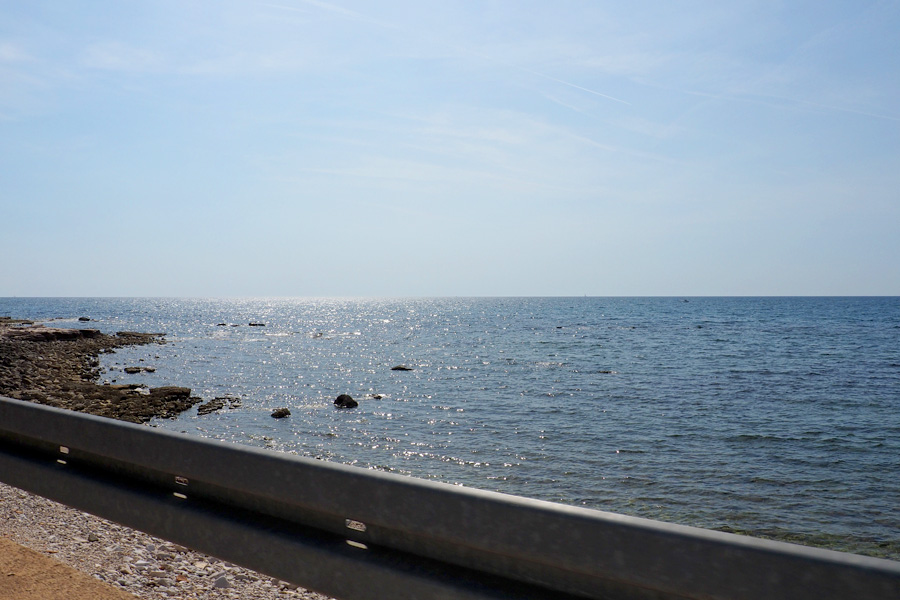
Our first sighting of the Adriatic Sea since Venice
Once we made it to Rovinj, it was the quaint little Italian seaside village we expected. Our apartment was within the pedestrian-only protected old town on a small cobblestone seaside street, and we parked our car and didn’t use it for our entire 3 day stay. From our windows, we could hear the chatter from cafes, and couldn’t quite see the water so we often took the 2 minute walk from our front door to the rocky coast to watch the sunset or the just the sea. We were also within walking distance to Park Å¡uma Zlatni Rt (Forest Park Golden Cape), so we took a 10 mile walk along the seaside path that was dotted with beaches with varying degree of seclusion before picking a rocky spot to sunbath. On our final day there, we took a boat ride that circled a few of the smaller islands near the coast. It was worth the fee just to take photos of the town from the sea, but otherwise the boat ride was fairly uneventful.
For us, the three days we spent on the Istrian coast was plenty, and I can’t imagine spending much more than that unless I was camping with a large group. I can imagine spending a lot more time in inland Istria though.
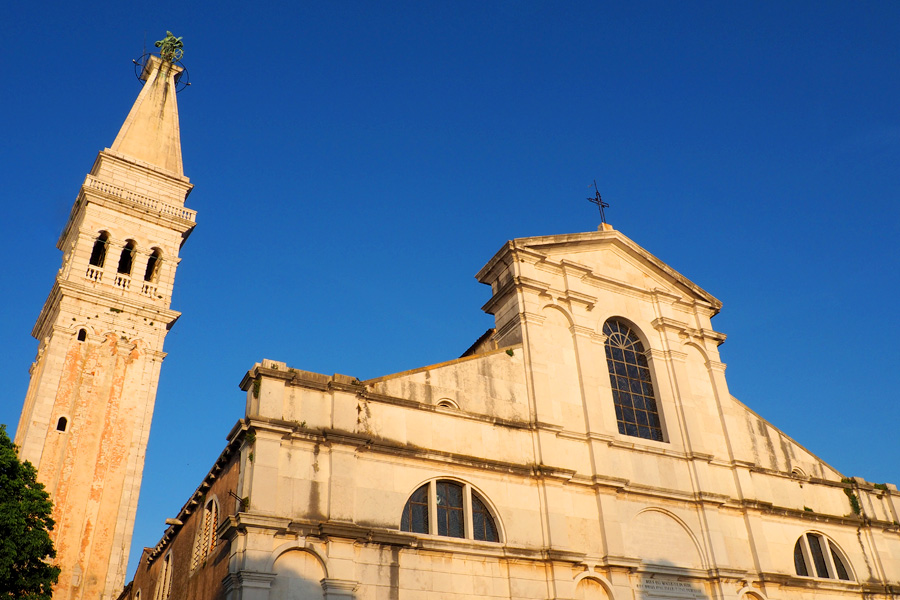
Sveta Eufemija
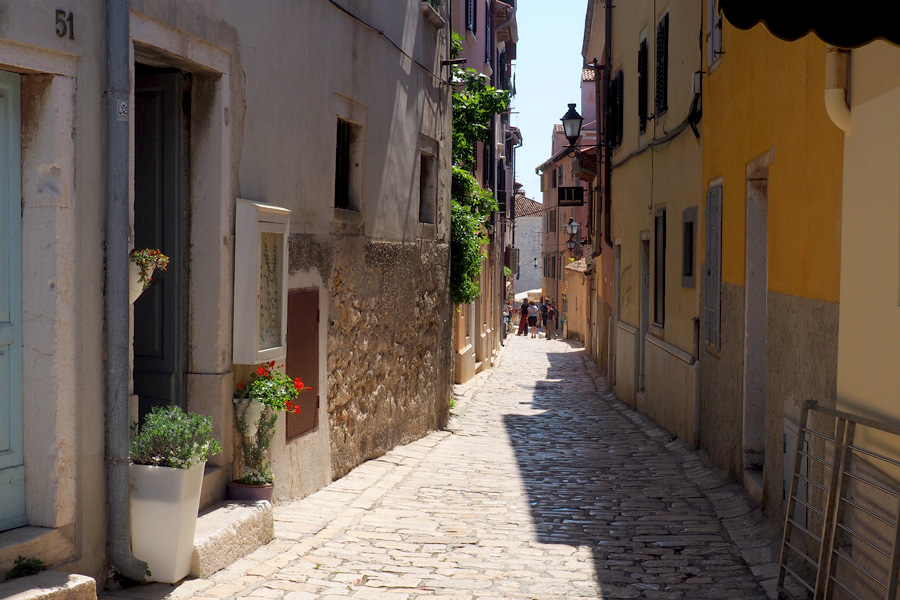
Old streets are the best
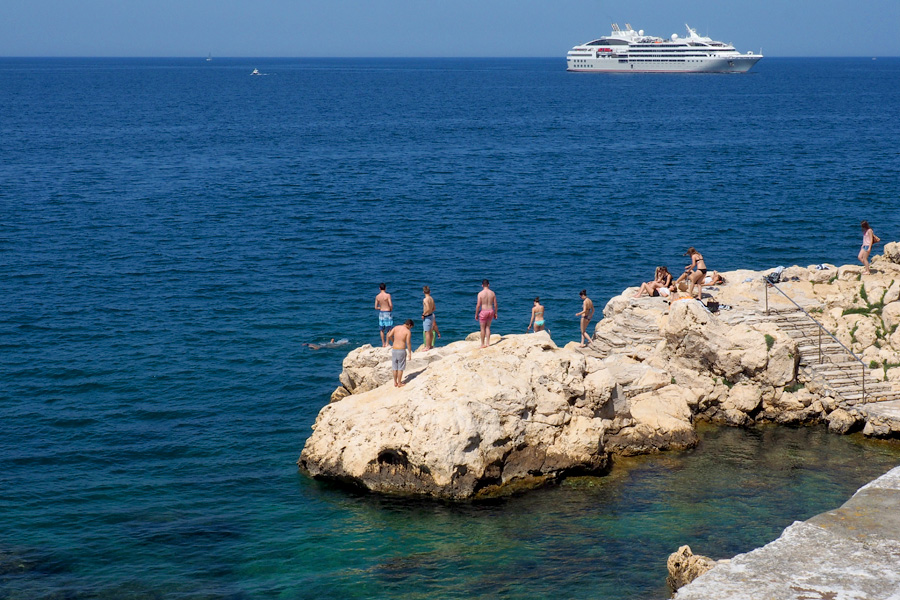
I’ve always wanted to see this kind of swimming in person
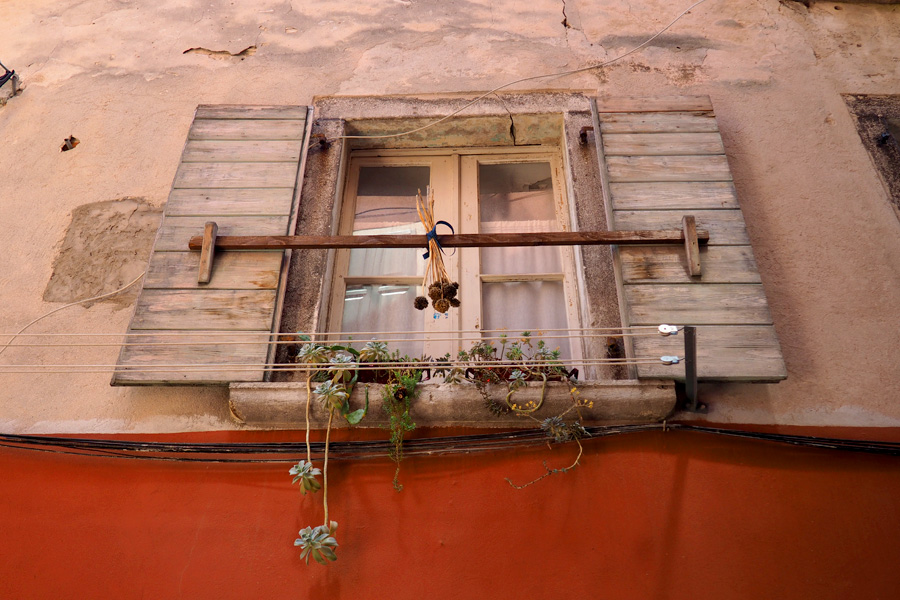
Windows & Succulents
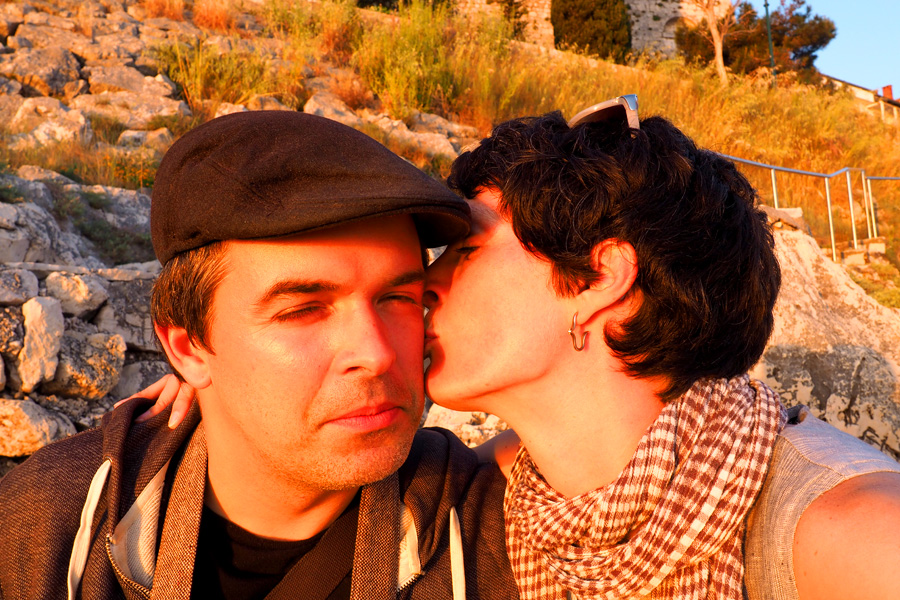
Sunset Smooch
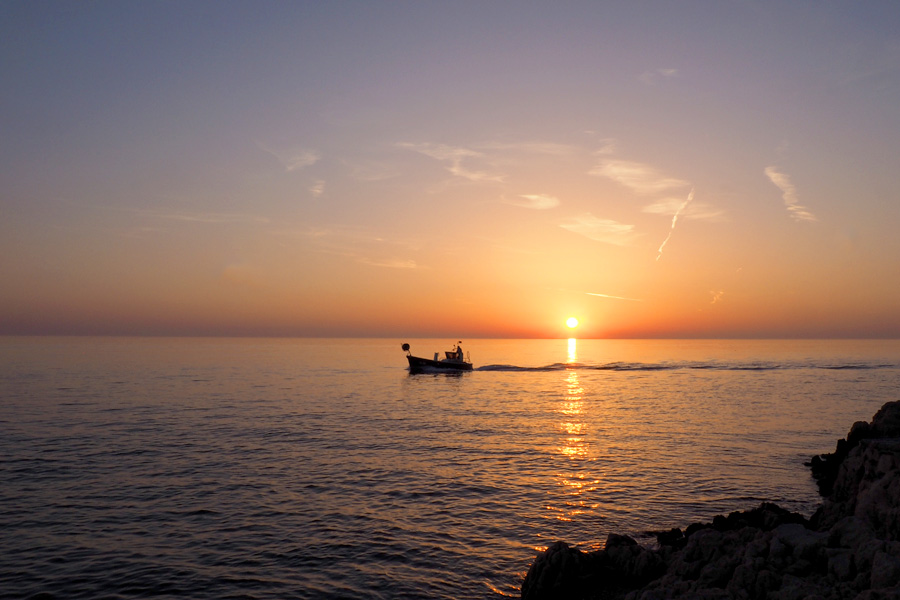
Coming home
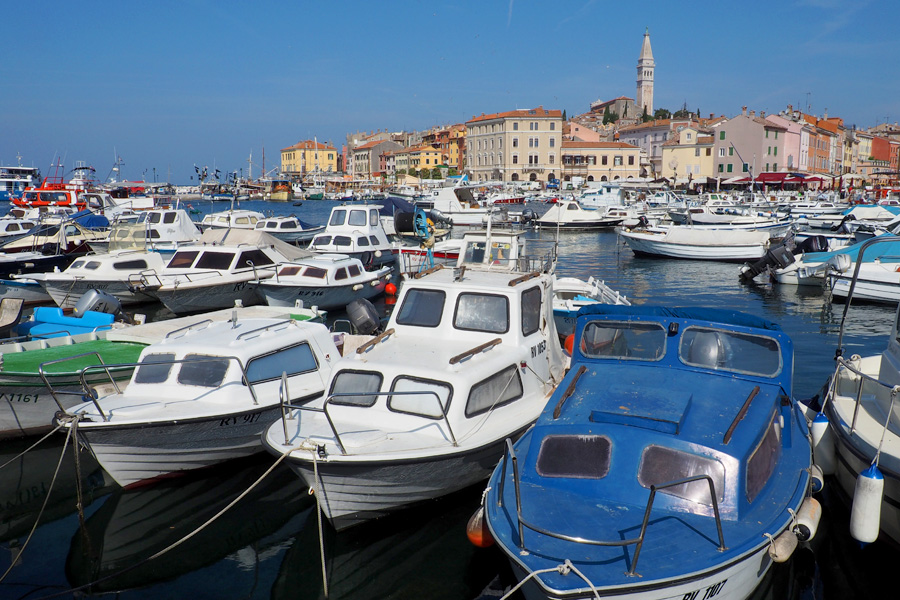
A full marina
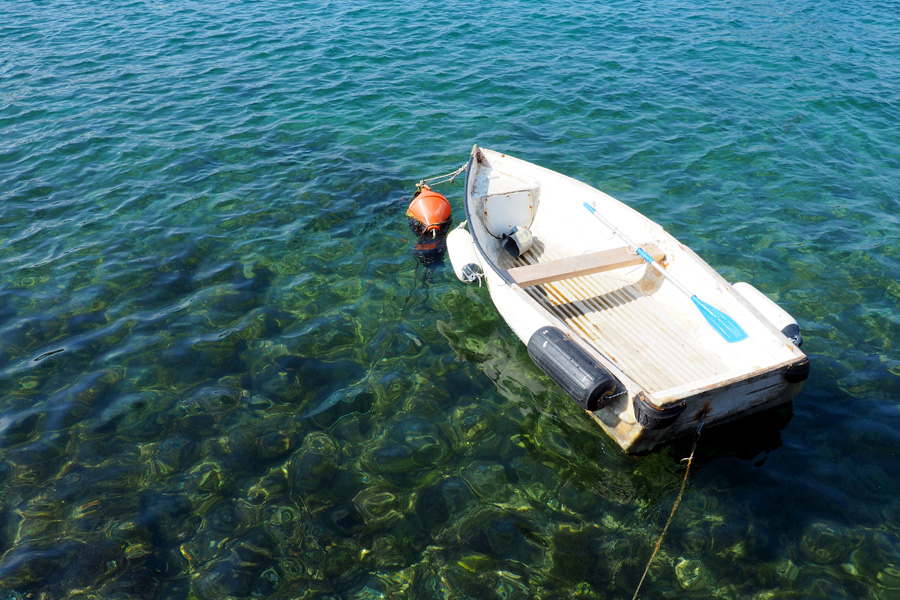
Little Boat | Clear Water
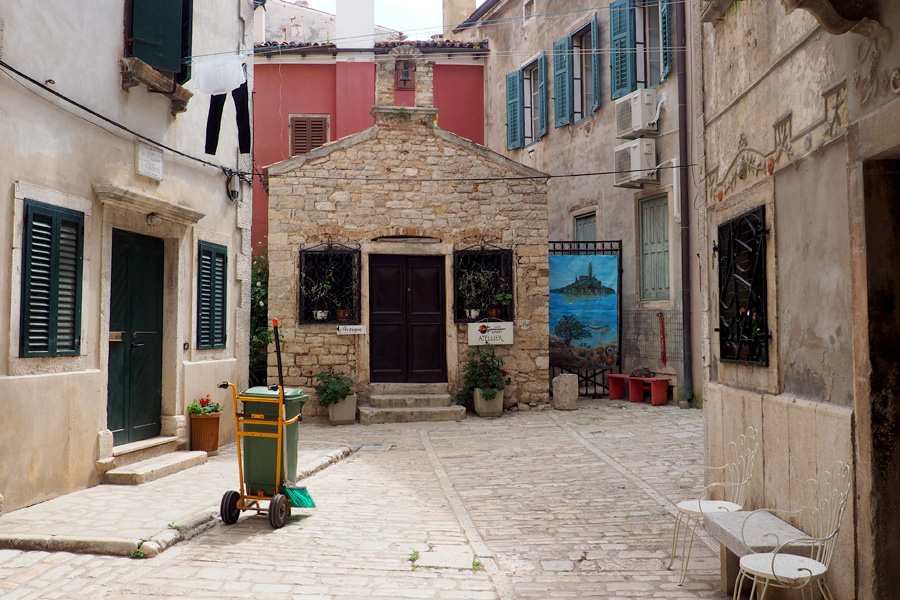
Cleaning Crew
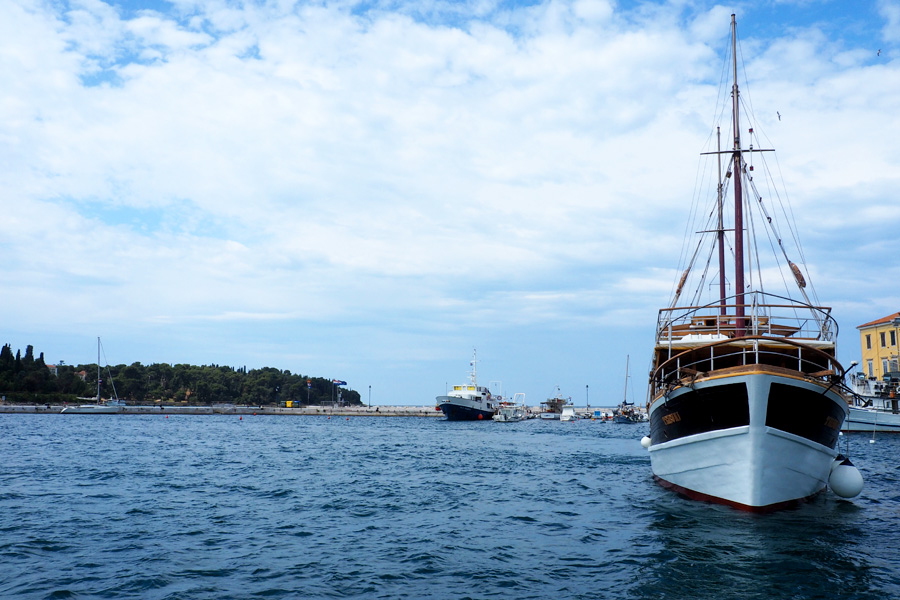
The Delphin Vessel
For more info…
Croatia Tourist Board Brochures including the Road Map
Camping.hr
Favorite Rovinj Restaurant: Tipico
Our AirBnB Croatia Wishlist